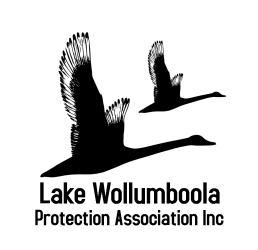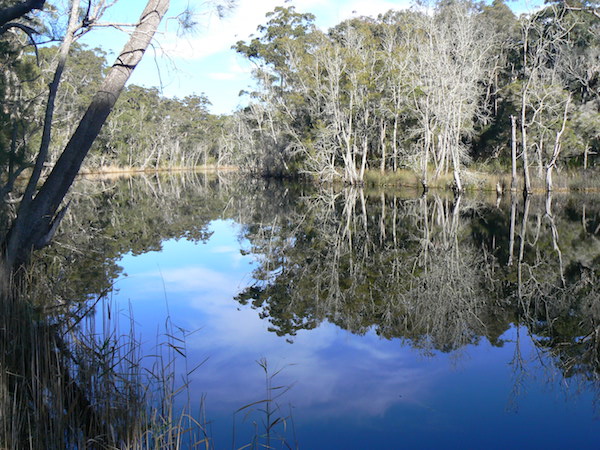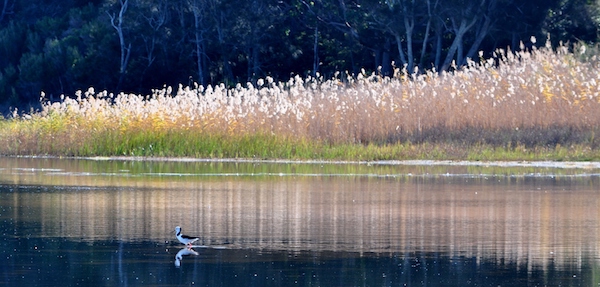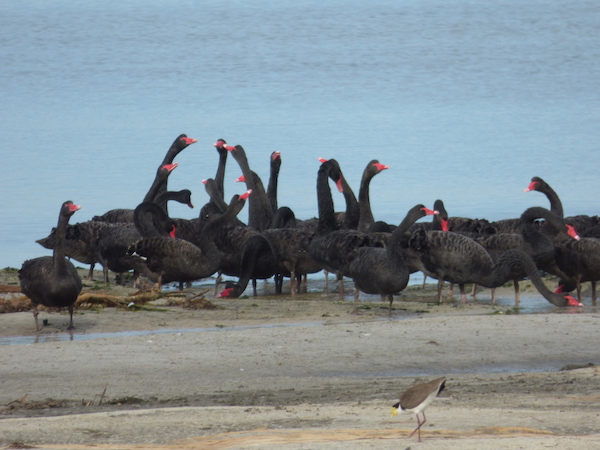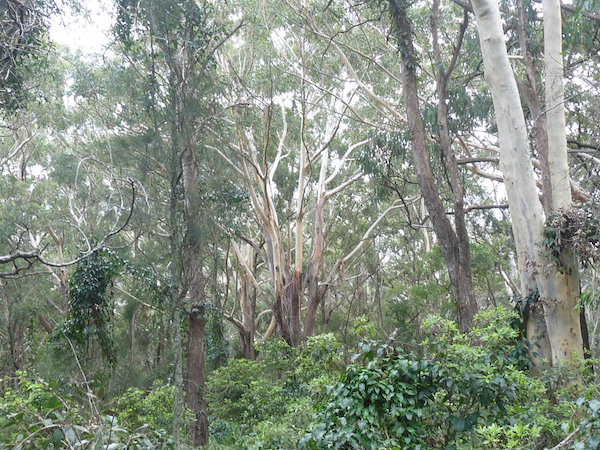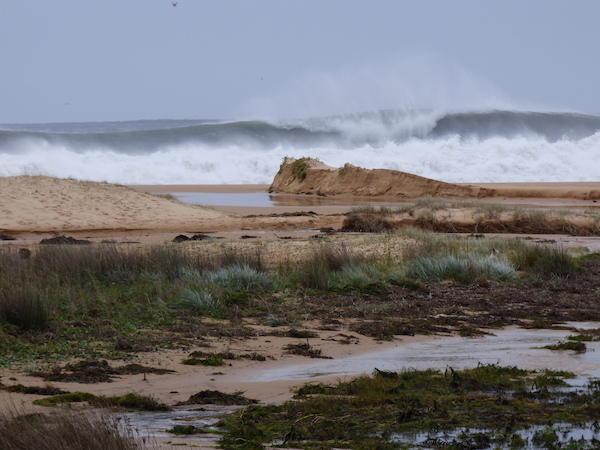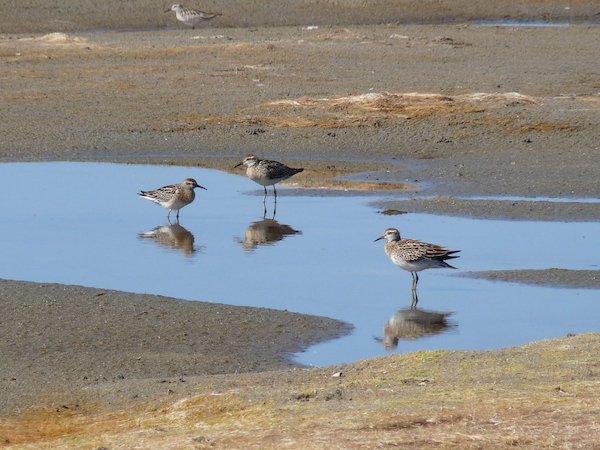Lake Wollumboola is a very special place. It is also highly sensitive to change. Further development in its catchment would pollute surface and ground water, potentially causing significant damage to this unique natural environment.
Expansion of the Jervis Bay National Park to include all undeveloped parts of the lake catchment is the only way that Lake Wollumboola can be protected.
Clearing of native vegetation and disturbance of fragile catchment soils for development would increase nutrients in surface and ground water, polluting creeks and the lake. Increasing nutrients in the lake would upset its delicate balance, as the fresh, low-phosphorous ground water that enters the lake around the shoreline is critical for survival of the lake’s seagrass and algae.
Pollution of ground water may cause the aquatic plants to die out, thus disrupting the entire lake habitat and food supply for the amazing birdlife reliant on the lake.
The lake’s beautiful swans also depend on the ground water, which they drink to flush out salt.
Swans also play an important role in the lake’s ecology as they and the aquatic plants are interdependent as the swans graze, fertilise and propagate them.
Development would also destroy the coastal forest and wetland of the catchment and the threatened species they support.
The way the lake operates is unique. It is a naturally shallow, brackish coastal lake, one of the few remaining natural ICOLLs (intermittently closed or open lake or lagoon) in NSW. Weather conditions determine when the lake opens to the ocean–the longest recorded closure has been eight years. When the entrance is closed pollutants entering the lake from the catchment are trapped. It has remained closed for as long as eight years.
After weeks of heavy rain the lake water level rises and breaks through the sand bar to the ocean. The lake becomes tidal for a short while. Eventually sand accumulates in the entrance and closes the lake again.
The reverse process occurred on 4th June 2016. Weather and ocean conditions caused the lake to open despite its low level. A severe East Coast low generated storm surges which, combined with exceptionally high tides and wave and swept over the sand bar, washing sand into the lake. Early on 22nd April 2017 the high tide and waves combined to deposit sand in the entrance, closing the lake. While no records exist of such a long opening, similar circumstances could have occurred in the past. Weather and ocean forces will eventually close the sandbar.
When water levels are low up to 60% of the lake bed is exposed. The mud and sand flats are rich in crustaceans, worms and tiny shellfish and the shallow, warm waters of the lake support a myriad of fish and prawns.
These natural variations in the lake attract thousands of migratory wading birds, nesting shorebirds, sea and water birds.
Expert advice and scientific studies have all warned of the impact that development would have on the lake. The NSW Office of Environment and Heritage (2013) says:
- “Lake Wollumboola is a unique system of high ecological value, characterised by high primary productivity and overall biological diversity, particularly for birds.”
- “Any future development in the vicinity of Lake Wollumboola should be placed as far from the lake as possible to minimise risk of contamination of ground water aquifers.”
- “The lake is vulnerable to a catastrophic state change if key processes are disrupted by nutrient enrichment … the Lake would never recover … resulting in loss of swans and other fauna.”
- “The demonstrated ecological significance of the lake, the relative rarity of its biotype and its sensitivity to catastrophic change, justify the current limitations to development within the catchment.”
The NSW Office of Environment and Heritage (2013) Report regarding the environmental sensitivity of Lake Wollumboola also refutes claims made that development including a golf course would “improve” lake water quality.
There is a water level recorder in the lake. You can keep watch on what is happening in the lake at the Manly Hydraulics Laboratory website http://new.mhl.nsw.gov.au/Site-215454
